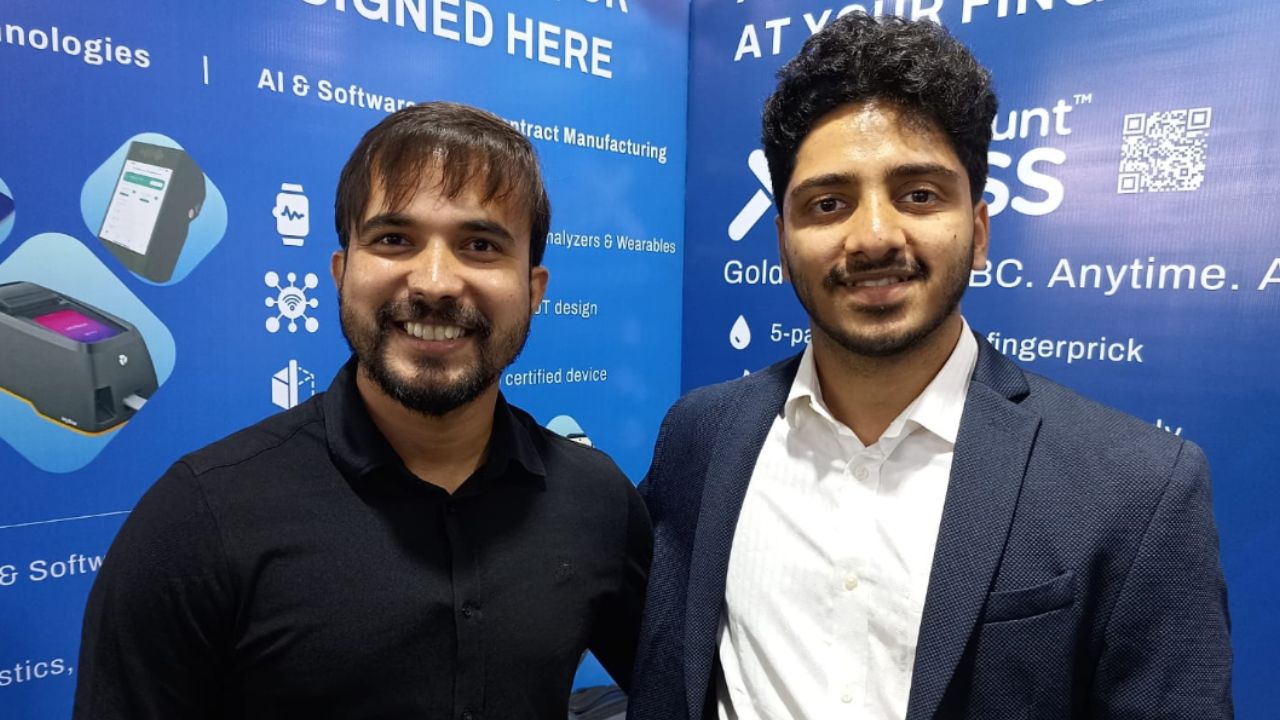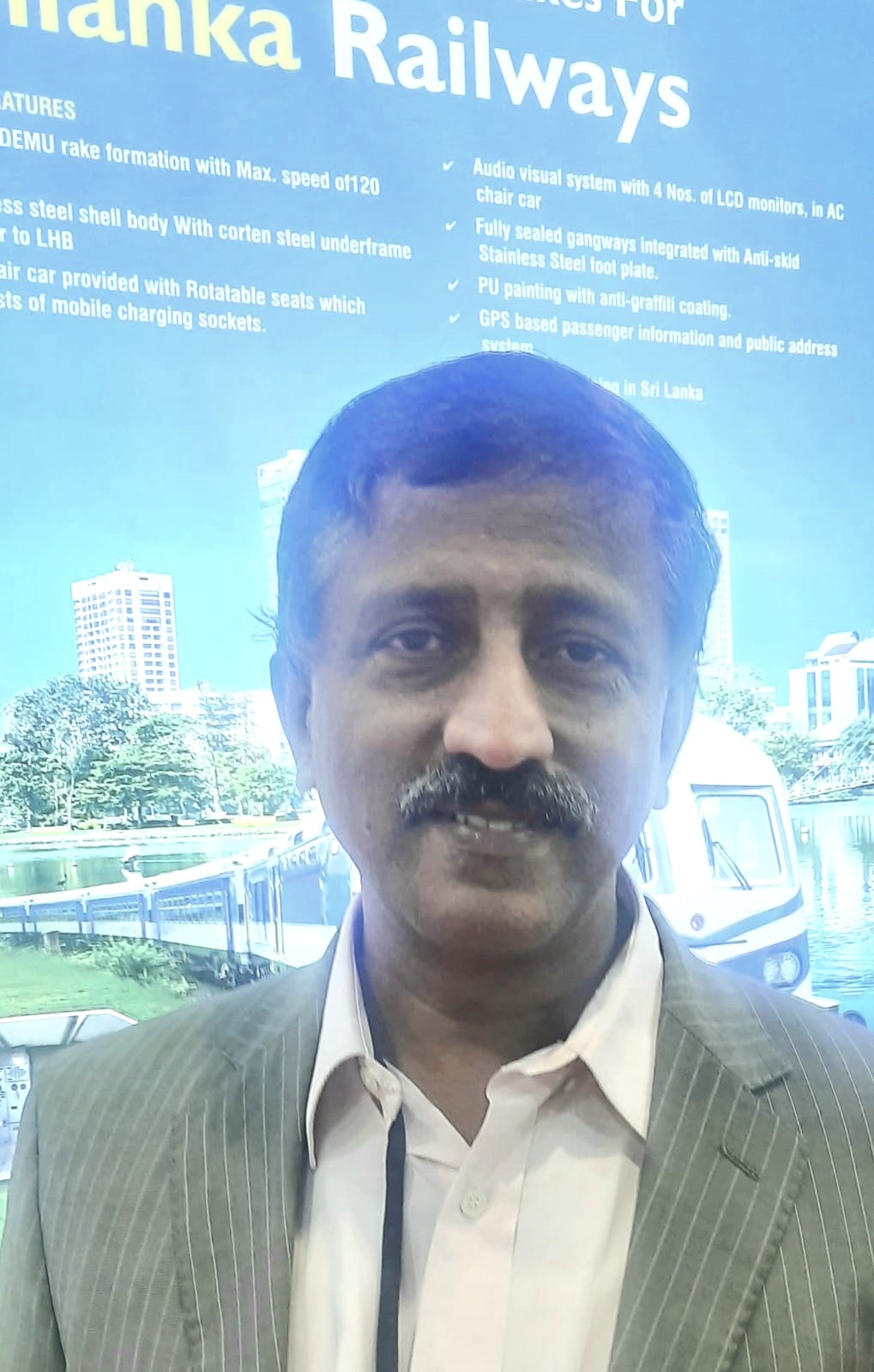Dr. Subhash Goyal towers as an indisputable titan in the domain of travel and tourism, wielding an authoritative sway and a depth of expertise that transcends borders. As the revered Chairman of STIC Travel Group, he reigns supreme, steering India’s travel industry to unprecedented summits while staunchly advocating for its broader interests. Dr. Goyal’s influence extends far beyond the confines of his corporate realm, as he shoulders multifaceted responsibilities, leveraging his unparalleled expertise to champion the collective welfare of the travel sector.
Through unwavering advocacy and strategic mastery, he has garnered unwavering trust and admiration across diverse platforms, earning him acclaim as one of the foremost advocates for the travel industry. At the helm of esteemed associations and councils, Dr. Goyal exerts formidable influence, shaping policies and propelling positive transformations. His pivotal roles include membership in the National Tourism Advisory Council under the Ministry of Tourism, Government of India, and chairmanship of the Aviation & Tourism Committee of the Indian Chamber of Commerce & Industry (ICCI). Moreover, he holds prestigious positions as President of the Confederation of Tourism Professionals (CTP) and Secretary General (Foreign Affairs) at the Association for Asia Pacific Union (AAPU).
His illustrious tenure as Former Secretary of the Federation of Associations in Indian Tourism & Hospitality (FAITH), Former Chairman of Tourism & Services Sector of the Federation of Indian Export Organizations (FIEO), and Former President of the Indian Association of Tour Operators (IATO) stand as irrefutable testimony to his unmatched contributions and leadership prowess. Beyond his organizational endeavours, Dr. Goyal stands as a prolific author, offering invaluable insights through his seminal work, “Poverty Eradication & Economic Development Through Tourism.” This masterpiece underscores his comprehensive approach to utilizing tourism as a potent driver for socio-economic metamorphosis.
In a riveting conversation with The Interview World, Dr. Subhash Goyal delves into the latest breakthroughs in the tourism sector, articulating his vision for India to ascend to the global pinnacle of medical tourism. With unwavering conviction, he expounds upon the government’s strategic emphasis on religious tourism and emphasizes the pivotal role of proactive governmental measures in propelling India towards its rightful place as the epicentre of global tourism. Herein lie the pivotal revelations from his compelling discourse.
Q: What are the significant recent developments in the tourism sector of India?
A: India’s tourism sector is showing signs of recovery after the impact of COVID-19. Before the pandemic, India attracted 11.5 million tourists annually. However, this number has decreased to approximately 7 to 8 million presently. Despite not yet reaching the tourist figures of 2019, there is optimism that this milestone will be achieved by the coming year.
However, the pace of recovery could have been swifter if certain steps were taken. Unfortunately, the closure of overseas tourism offices by the Indian government has hindered progress. Suggestions were made to appoint marketing agents before shutting down these offices, but this advice went unheeded. Additionally, there is a clear need to enhance digital and social media marketing efforts to promote Indian tourism effectively.
Implementing an open sky policy is another crucial aspect of the growth of this industry. Despite having agreements with over 110 countries for air services, operational flights are limited to only around 50 to 60 countries. Therefore, advocating for more airlines to operate in India would increase supply, reduce airfares, and make India a more accessible destination for travellers.
Moreover, addressing the high cost of accommodation is imperative. The government could support hoteliers by offering land on lease, which would help reduce construction costs and, subsequently, lower hotel prices. Currently, many events, such as weddings, are hosted outside India due to more affordable options in countries like Thailand, Malaysia, and Sri Lanka.
Nonetheless, India possesses immense potential to thrive in the tourism sector. With its rich cultural heritage, including being the birthplace of Hinduism, Buddhism, Sikhism, and Jainism, India stands out as a unique and appealing destination. Additionally, its vast coastline, beautiful islands, majestic Himalayan mountains, UNESCO World Heritage sites, and diverse ecosystems make it an attractive choice for travellers worldwide. With the right strategies and investments, India can undoubtedly reclaim its position as a top tourist destination on the global stage.
Q: What strategic measures can India implement to leverage its cost-effective medical treatments and infrastructure to position itself as the leading destination for medical tourism globally?
A: India has emerged as a burgeoning medical tourism hub. Major hospitals such as Apollo, Vedanta, and Max Healthcare cater to a significant number of international patients. Particularly, through our representation of Ethiopian Airlines, we facilitate the arrival of numerous patients from Africa. Similarly, our partnership with Myanmar International Airlines enables us to welcome patients from Myanmar and Bangladesh. Additionally, patients from Sri Lanka frequently seek treatment in Chennai and Hyderabad through our collaboration with Sri Lankan Airlines. The cost-effectiveness of medical procedures in India, often significantly lower than in other countries, makes it an attractive option for medical tourists. With such advantages, the potential for medical tourism in India is vast.
Q: What are the potential impacts and effectiveness of the government’s initiative to promote religious and spiritual tourism for sectoral growth?
A: India holds a significant place in the world’s religious landscape, being the birthplace of four major religions: Hinduism, Buddhism, Sikhism, and Jainism. This rich heritage positions India as a focal point for religious evolution globally.
Today, developments like the construction of the Ram Mandir in Ayodhya and the existence of revered sites such as the Char Dhams—Rameshwaram, Jaganath-Puri, Badrinath-Kedarnath, and Dwarka—underscore India’s spiritual significance. These landmarks offer immense potential for religious travel.
Moreover, India boasts dedicated circuits catering to various faiths, such as the Buddhist circuit, facilitated by initiatives like the Buddhist circuit train, and the Ramayana train, catering to Hindu pilgrims. Sikhism, with approximately 20 million followers worldwide, finds its spiritual centre in India, akin to Vatican City for Catholics.
Jainism’s most revered shrines are also located here, further emphasizing India’s religious diversity and significance. Additionally, while Islam originated in the Middle East, India has become a nurturing ground for its spiritual side, as evidenced by the flourishing of Sufi saints like Sant Kabir, Bulleh Shah, Nizamuddin Auliya, and Alauddin Chishti.
Given this rich tapestry of faiths and spiritual heritage, India emerges as a premier destination for religious tourism. The potential of religious tourism alone holds the promise of significantly contributing to the budget for our five-year plans.
Q: What policy recommendations would you suggest to the government to effectively support and enhance the tourism sector?
A: After two decades of relentless advocacy, we finally secured the much-awaited e-visa. The culmination of this effort was marked by a significant event at Ashoka Hotel, where I had the privilege of announcing the visa alongside the Home Minister and the Tourism Minister.
Now, our focus shifts towards advocating for open skies. Opening up the skies would pave the way for new airlines to enter the market. These airlines, to ensure the viability of their routes, would inherently promote India as a destination.
Another crucial aspect is the establishment of tourism marketing agencies across global markets. Currently, the burden falls on Indian embassies, which are already inundated with political and strategic responsibilities. To effectively promote tourism, dedicated personnel and resources are imperative.
These dedicated officers, stationed within Indian embassies, should actively engage with travel agents and major tour operators. Furthermore, a robust strategy involving aggressive digital and social media marketing is essential. While the “Incredible India” campaign has garnered significant acclaim worldwide, it now requires rejuvenation and reimagining to maintain its effectiveness in the evolving tourism landscape.










1 Comment
Thanks for sharing. I read many of your blog posts, cool, your blog is very good.
Comments are closed.